China’s geography is as diverse as its culture—a breathtaking tapestry of soaring mountains, winding rivers, vast plains, and tranquil lakes. Whether you’re an adventurer, a nature lover, or a curious traveler, understanding China’s physical landscape will deepen your appreciation for this ancient land. Let’s explore its natural highlights together!
1. China's Landscpaes: A Giant Staircase of Natural Wonders
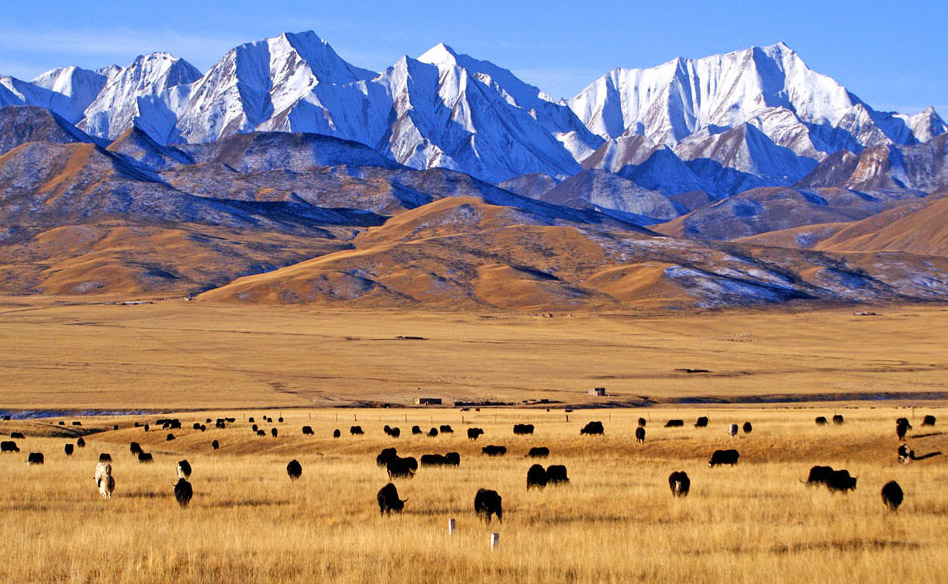 China’s terrain resembles a giant staircase, sloping from west to east. The towering Qinghai-Tibet Plateau in the southwest—often called the "Roof of the World"—averaging a jaw-dropping 4,000 meters (13,000+ feet) above sea level. Framed by mountain giants like the Kunlun and Qilian ranges, this icy realm is home to Mount Everest (8,848 meters), Earth’s highest peak. Trekking here feels like walking on the sky—glaciers, crystal-clear lakes, and vast grasslands stretch as far as the eye can see.
China’s terrain resembles a giant staircase, sloping from west to east. The towering Qinghai-Tibet Plateau in the southwest—often called the "Roof of the World"—averaging a jaw-dropping 4,000 meters (13,000+ feet) above sea level. Framed by mountain giants like the Kunlun and Qilian ranges, this icy realm is home to Mount Everest (8,848 meters), Earth’s highest peak. Trekking here feels like walking on the sky—glaciers, crystal-clear lakes, and vast grasslands stretch as far as the eye can see.
As you move east, you’ll find a mix of high plateaus and dusty basins. The Inner Mongolian and Loess Plateaus (1,000–2,000 meters high) showcase sweeping grasslands and the iconic yellow-earth valleys. Meanwhile, the Tarim and Junggar Basins—ringed by mountains—offer surreal desertscapes and oasis towns along the ancient Silk Road. This layer is nature’s playground for camel treks and stargazing!
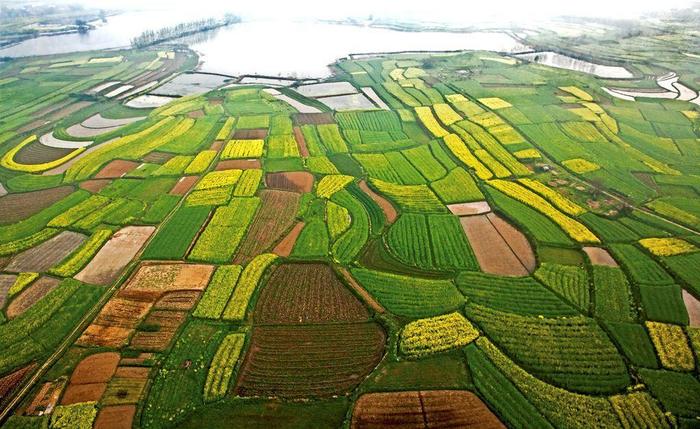 Finally, at the lowest step, China’s heartland unfolds. Here lie the fertile Northeast, North China, and Yangtze Plains—a patchwork of golden rice fields, winding rivers, and gentle hills. These lush lowlands (mostly under 500 meters) have fed the nation for millennia. Think emerald-green paddies, blooming lotus lakes, and charming villages where life moves to the rhythm of the seasons.
Finally, at the lowest step, China’s heartland unfolds. Here lie the fertile Northeast, North China, and Yangtze Plains—a patchwork of golden rice fields, winding rivers, and gentle hills. These lush lowlands (mostly under 500 meters) have fed the nation for millennia. Think emerald-green paddies, blooming lotus lakes, and charming villages where life moves to the rhythm of the seasons.
2. China's Four Corners: Where Geography Shapes Life
Think of China as a giant puzzle made of four unique regions—North, South, Northwest, and the Qinghai-Tibetan areas. Each piece has its own vibe, thanks to Mother Nature’s handiwork!
a. North vs. South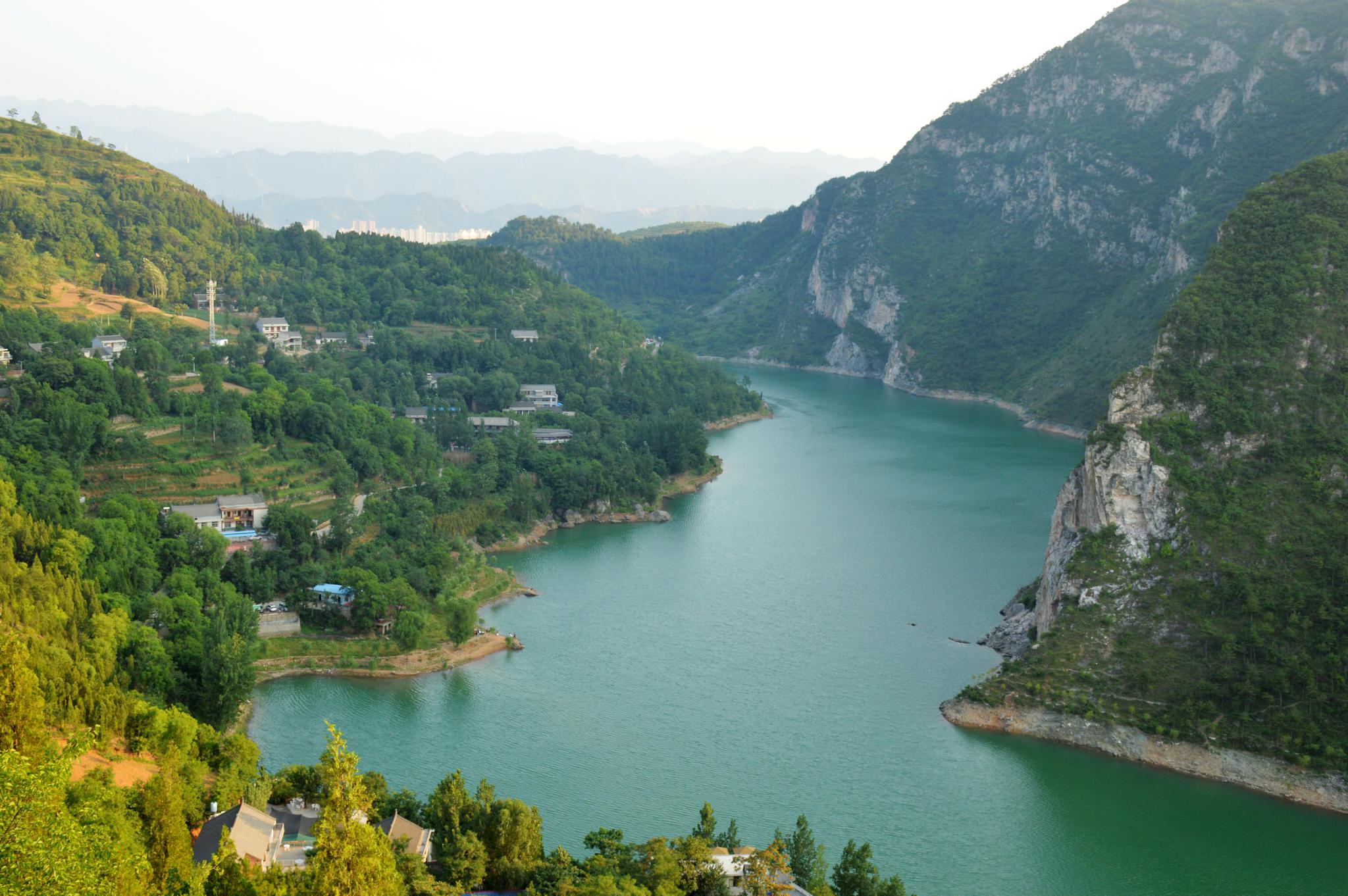 The action’s in the east! The Qinling Mountains and Huai River act like a giant “wall” splitting China’s North and South. Together, these two regions are part of the Eastern Monsoon Zone, where 95% of China’s population lives. Think bustling cities, golden wheat fields in the North, and misty rice paddies in the South. Yes, the food, dialects, and even winter heating habits differ here—baozi (steamed buns) up north, spicy stir-fries down south!
The action’s in the east! The Qinling Mountains and Huai River act like a giant “wall” splitting China’s North and South. Together, these two regions are part of the Eastern Monsoon Zone, where 95% of China’s population lives. Think bustling cities, golden wheat fields in the North, and misty rice paddies in the South. Yes, the food, dialects, and even winter heating habits differ here—baozi (steamed buns) up north, spicy stir-fries down south!
b. Northwest & Qinghai-Tibetan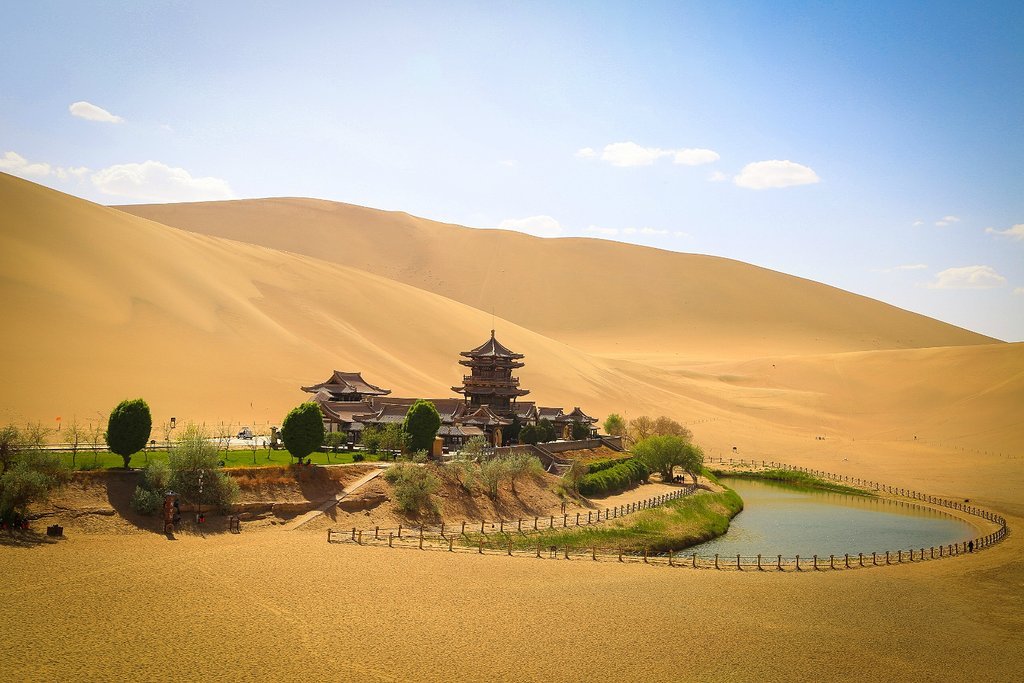 Head west, and the crowds thin out. The Northwest (think deserts, Silk Road oases) and the Qinghai-Tibetan region cover a whopping 55% of China’s land. But here’s the twist: these vast landscapes are home to fewer people, yet they’re cultural treasure chests. Most of China’s ethnic minorities thrive here—from Uyghur bazaars in Xinjiang to Tibetan monasteries perched in the Himalayas. South China: A green paradise of rice paddies, karst mountains (like Guilin’s fairy-tale peaks), and misty rivers.
Head west, and the crowds thin out. The Northwest (think deserts, Silk Road oases) and the Qinghai-Tibetan region cover a whopping 55% of China’s land. But here’s the twist: these vast landscapes are home to fewer people, yet they’re cultural treasure chests. Most of China’s ethnic minorities thrive here—from Uyghur bazaars in Xinjiang to Tibetan monasteries perched in the Himalayas. South China: A green paradise of rice paddies, karst mountains (like Guilin’s fairy-tale peaks), and misty rivers.
3. China's Rivers and Lakes: Lifelines of Civilization
China’s rivers are the heartbeat of its history. The Yangtze River (Asia’s longest) and the Yellow River (“Mother River of China”) have nourished civilizations for millennia. Cruise the Yangtze to see the awe-inspiring Three Gorges or visit the Yellow River’s “Hukou Waterfall,” where golden waters crash like liquid earth.
China’s lakes are as diverse as its people! Two hotspots rule:
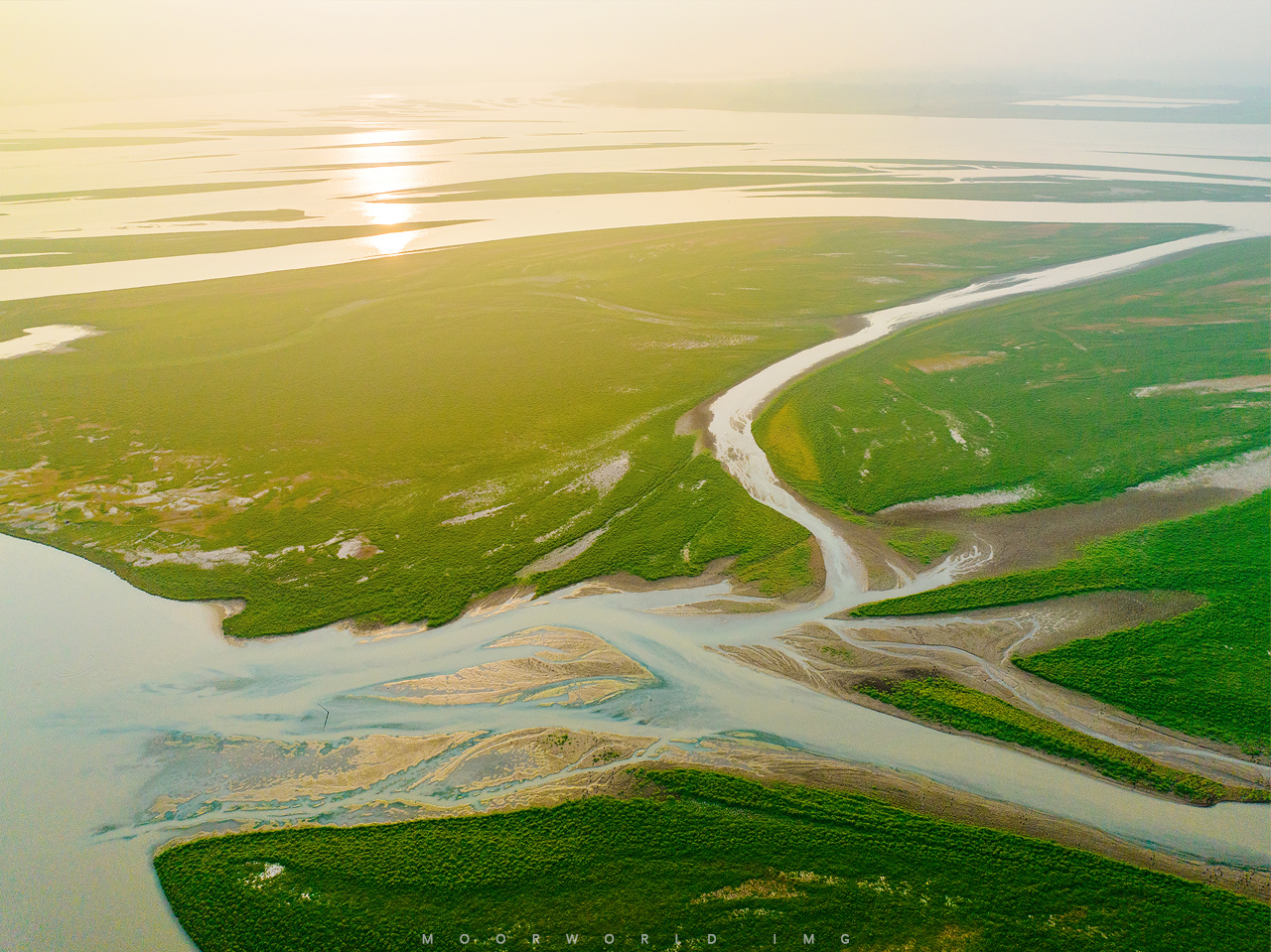 a. Middle-Lower Yangtze Plain: Think of this as “Lake Central”—home to freshwater giants like Poyang Lake and Dongting Lake, where fishermen sing as they work.
a. Middle-Lower Yangtze Plain: Think of this as “Lake Central”—home to freshwater giants like Poyang Lake and Dongting Lake, where fishermen sing as they work.
b. Qinghai-Tibet Plateau: Up here, lakes wear icy crowns. Qinghai Lake, China’s largest, is a salty-blue jewel surrounded by golden rapeseed flower fields.
4. China's Mountainous: Peaks of Legend
Pack your hiking boots—China’s landscape is a mountain lover’s dream! Imagine two-thirds of the country carpeted in peaks that zigzag like dragons across the map—some scraping the heavens, others rolling like emerald waves. Let’s explore this vertical wonderland!
The High Giants
China’s sky-piercing peaks are legendary. Over 50 of the world’s 7,000-meter (23,000+ ft) mountains call China home, clustered in the west. Think of them as nature’s skyscrapers—icy, rugged, and crowned with clouds. These are the playgrounds for hardcore climbers and photographers chasing that perfect sunrise-over-Everest shot.
The East’s Gentle Wonders
Not all mountains here are icy giants! Head east, and you’ll find lower, storybook peaks steeped in culture and charm:
Mount Tai (Taishan): Nicknamed “Foremost of the Five Sacred Mountains,” its misty trails have inspired poets and emperors for millennia.
Mount Hua (Huashan): Daredevils love its “Plank Walk in the Sky”—a cliffside path with heart-stopping views.
-
Mount Emei (Emeishan): A Buddhist pilgrimage site where wild monkeys photobomb hikers amid ancient temples.
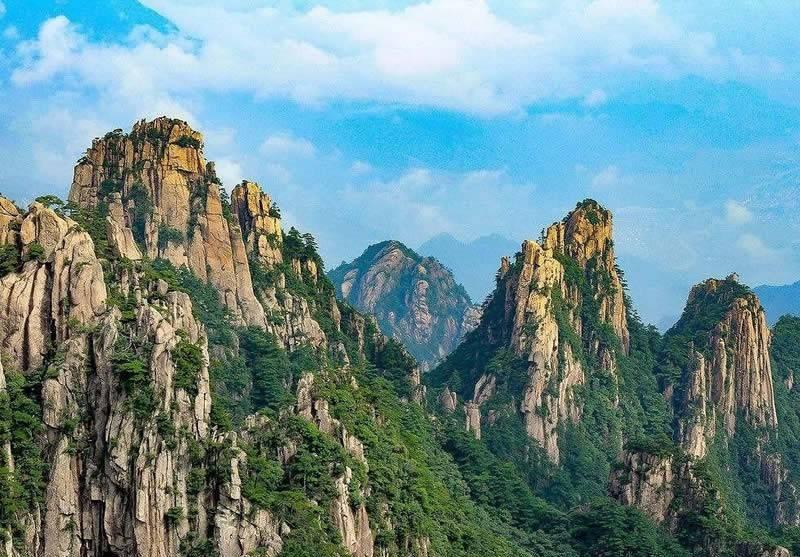
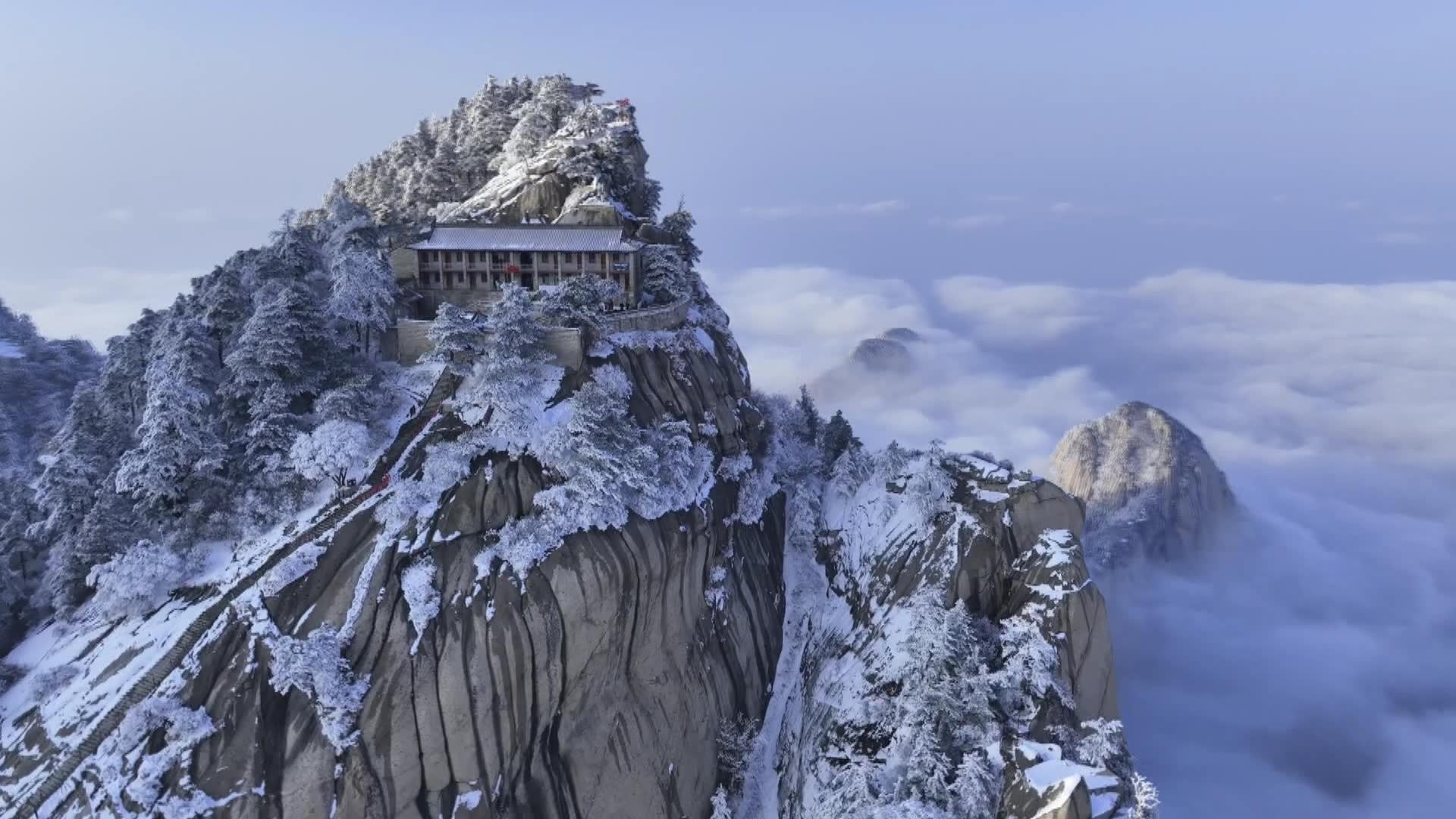
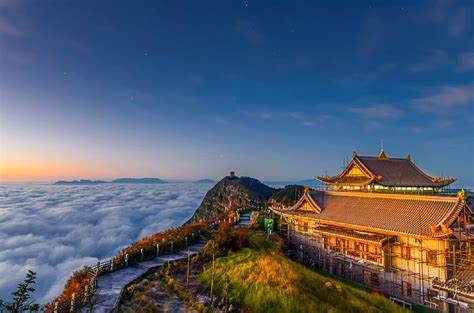
Mount Tai Mount Hua Mount Emei
5. Bonus: Unique Landscapes You Can’t Miss
Karst Wonders: Cycle through the rice terraces and limestone towers of Guilin or sail down the Li River.
Rainbow Mountains: The Danxia landforms in Gansu look like layered neon paintings.
Grasslands and Caves: Ride horses on Inner Mongolia’s grasslands or explore Guizhou’s surreal underground caves.
Why It Matters
China’s geography shapes its culture, cuisine, and traditions. From terraced tea fields to desert dunes, every corner tells a story. Pack your sense of wonder—this is a country where nature and humanity dance together in perfect harmony.




































